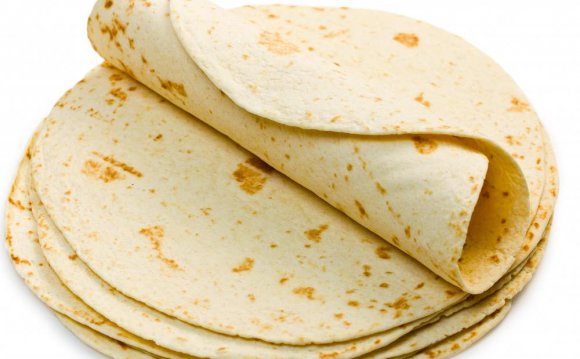
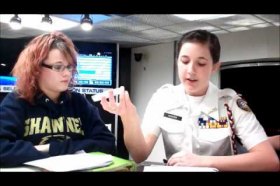 Eating in space presents some unique challenges for astronauts. Why? There's no ! If you let go of a piece of food, it will float off and drift around your space vehicle.
Eating in space presents some unique challenges for astronauts. Why? There's no ! If you let go of a piece of food, it will float off and drift around your space vehicle.
What about a cup of water? Forget it! Water won't stay in a cup. It, too, will float out and hang in the air.
To allow astronauts to stay in space for days or weeks at a time, scientists had to invent special ways of and eating foods in space. The first such space foods were soft foods (kind of like baby food!) packaged in tubes like toothpaste.
For example, John Glenn became the first U.S. to eat in space when he ate applesauce from an tube during a 1962 Mercury space mission. He had to squeeze the food into his mouth.
If that doesn't sound very appetizing to you, you're not alone. Astronauts weren't crazy about it either. Eventually, scientists developed better, tastier foods that were easier to eat.
To make most freeze-dried foods, astronauts squeeze water into the food packages and then eat the food after it absorbs the water. Astronauts can use hot water to make hot meals that are tasty and .
Some freeze-dried foods, like fruit, can be eaten dry. In fact, you may eat food from time to time without realizing it. Today, many breakfast cereals include freeze-dried fruits, like strawberries, that are delicious and add color and flavor.
Astronauts flying modern space shuttle missions now eat many of the same foods they eat on Earth. Food still needs to be or prepared in special ways, but space shuttles now have full kitchens with hot water and an oven.
Astronauts can also use condiments, like ketchup, mustard and mayonnaise, in packets to add flavor. Salt and pepper can be used, too, but they have to be used in a liquid form because otherwise the grains would just float away!
Nutritionists plan meals to make sure they get all of the nutrients and vitamins they need to perform their important work in space. Some astronauts begin to experience problems after they've been in space a long time.
Experts believe these problems may be caused by a decrease in the number of “good" in astronauts' bodies. A group of high school students in Jefferson County, Kentucky, is going to help researchers learn more about this issue when the students' experiment flies into outer space on the space shuttle .
As part of the Student Spaceflight Experiments Program, the students designed an experiment to test the effect of microgravity ( in space) on Lactobacillus GG, which is a (“good" that aids in digestion) that could help future astronauts stay healthier in space.
In total, there are 16 experiments on that were designed by students. This is only appropriate since is the only space shuttle named by children. Elementary and secondary students competed in a national shuttle-naming competition in 1988.
The winning name — — was based on an 18th-century British exploring vessel. The name has caused a bit of confusion at times, though.
Many people want to spell it “Endeavor" since that's the American spelling of the word. The space shuttle, however, uses the British spelling with a “u" because that's how its namesake was spelled.
RELATED VIDEO
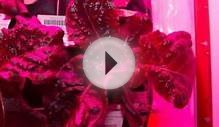
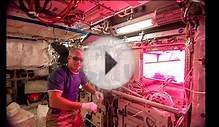
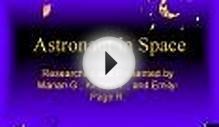

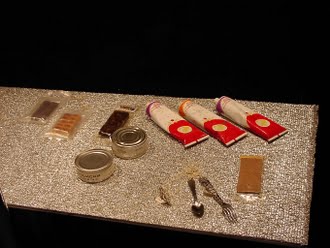 Space food are food products, specially created and processed for consumption by astronauts in outer space. The food has specific requirements of providing balanced nutrition for the health of individuals working in space, while being easy and safe to store, prepare...
Space food are food products, specially created and processed for consumption by astronauts in outer space. The food has specific requirements of providing balanced nutrition for the health of individuals working in space, while being easy and safe to store, prepare...








